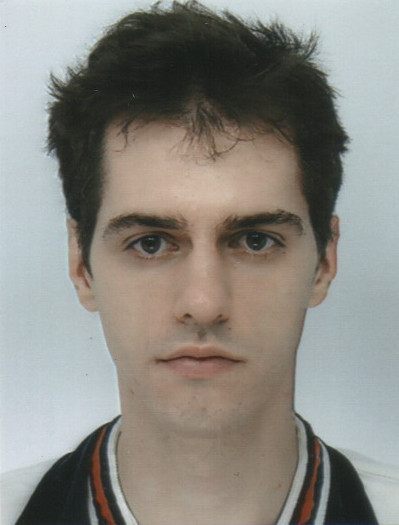One of the four following states:
When unqualified as in "the Bell state", it generally just means .
The Bell states are entangled and non-separable. Intuitively, we can see that when we measure that state, the values of the first and second bit are strictly correlated. This is the hallmark of quantum computation: making up states where qubits are highly correlated to match a specific algorithmic answer, and opposed to uniformly random noise. For example, the Bell state circuit is a common hello world, e.g. it is used in the official Qiskit hello world.
In Qiskit at: qiskit/hello.py.
Quantum circuit that generates the Bell state
. Source. The fundamental intuition for this circuit is as follows.
First the Hadamard gate makes the first qubit be in a 50/50 state.
Then, the CNOT gate gets controlled by that 50/50 value, and the controlled qubit also gets 50/50 chance as a result.
However, both qubits are now entangled: the result of the second qubit depends on the result of the first one. Because:
- if the first qubit is 0, cnot is not active, and so the second qubit remains 0 as its input
- if the first qubit is 1, cnot is active, and so the second qubit is flipped to 1
 Ciro Santilli
Ciro Santilli 